We discuss the footprints of violence, subverting the final girl, class divisions, and much more with “Student Body” filmmaker Lee Ann Kurr.
Reminiscent of The Breakfast Club on the side of teen drama, and Slumber Party Massacre from its horror side, the upcoming Student Body uses slasher elements to explore what it means to survive high school. The first-time film director and writer of the film Lee Ann Kurr speaks to us about the inspirations and the messages of the picture.
Morbidly Beautiful: As I understand, this is a sort of a first one for you with Student Body, a first feature, and you decided to go with a slasher. These days, horror seems to be coming away from slasher; it’s all about elevated horror, especially in the mainstream. So why did you decide to go with this quite classical formula?
Lee Ann Kurr: I definitely wanted to draw upon some of those more nostalgic elements. My hope all along was making something I call a slumber party movie. Growing up, getting together with girlfriends, and hanging out. I remember this select couple of films, like Clue for example, that were just fun but also a little creepy, keeping you on the edge a little. So I wanted to make something that I felt was exploring the fears and anxieties of being a young person, particularly a young woman, and also was dealing with the fact that schools now are often not safe.
Also, I love the whole idea of a pressure cooker, a closed doors-setting if you will. I found out that using the classical slasher tropes but having a new spin on the ensemble and the characters and really having it be a character-driven story at the end of the day, can heighten those relationships and power dynamics. To me, it just sounded really fun.
I definitely appreciate the current horror art-house vibe, but I wanted to make something my fourteen-year-old self would really wish existed when I was growing up, back then with my girlfriends.
Morbidly Beautiful: Student Body certainly has a very nostalgic vibe to it. For example, the costumes that are very 2010s, but the part of the 2010s that was nostalgic for the 1990s. With the presence of analog cameras and other throwback elements, there’s a very clear sense of nostalgia, including references to films like The Breakfast Club and Carrie. Could you tell me more about that?
Lee Ann Kurr: I was looking to create a young-person ensemble that was very reminiscent of John Hughes’ films, particularly The Breakfast Club, but I wanted to bring it to 2022 in terms of representation and having it a bit more updated for modern audiences. As brilliant as Hughes was, he also was limited by his particular place and times.
Also, I was being inspired by films like Alien and Psycho that really allow the characters and relationships to take their time in the first half of the films and storylines to develop in the first halves of both films. The genre elements really kick into gear in the second half of both. And they allow this ensemble to shine, especially in Alien; the ensemble can have those power dynamics and they have time to naturally develop. And then those genre elements bring it to another level. And of course in Psycho, having the personal issues of Marion and Sam at the forefront and then things spiral out of control.
So I felt inspired by that sort of structuring of the stories and letting the characters and power dynamics be at the forefront. And then to have that usher into this heightened fear space when things get more dramatic and intense.
Morbidly Beautiful: I could see the focus on the characters. For example, the color-coding of the characters through their lockers looked brilliant. You made sure to have this cast of characters from different backgrounds. What we tend to see with other films, unfortunately, is creators including characters of different backgrounds in a narrative for diversity’s sake but not and not really incorporating those differences in the storyline. But here, you really managed to focus on that, especially in how you present the class differences between the characters. I could see this reflected a great deal in the two main characters — both young women of color — as their relationship to power structures in the school is very dependent on their class.
Lee Ann Kurr: I appreciate that you brought that up. I personally grew up very middle class, and there were a ton of girls who were in school with me who were way, way wealthier than I was. That was something I kept in mind from my time growing up. And in terms of having a diverse cast, you never want all people looking one way, being one thing. I wanted to make sure we were showing different kinds of people from different backgrounds, and it was not pointing to any stereotypes.
The class differentiation between Jane and Merritt, I think, is another level of the power struggle that can exist between young people when they are peers. But they are not “really” peers. And you can see that in how Merritt can put her foot down with school administration in a way Jane cannot. I think even if we are close friends with someone our age, there are still diving lines: whether that be class, race, or other cultural divides, such as coming from a family of means versus someone who clearly doesn’t.
I kinda had this backstory on how Jane was there on scholarship and she was the only one of the clique. I think that adds another psychological element to this feeling of being subservient or feeling like she owes people something and feels she has a tenuous position at school.
Morbidly Beautiful: It’s especially noticeable because it is a uniform-wearing school. Uniforms are often promoted as a way to hide the divides between people, but they often only serve to accentuate them. There might be no difference in clothing, but you will see the difference in the hair, in the jewelry. Could you speak a bit about how you decided to choose this setting of an elite school and the school’s attempts to have this sense of preformative equality and a false sense of security?
Lee Ann Kurr: You know, the idea of a uniform being an equalizer is a false one. There are ways, whether it be through a specific brand or a piece of jewelry, there are always ways to be demonstrative about what your wealth is or isn’t. And having just those details of Jane — walking through woods, having some gunk on her backpack, leaves in her hair, and smudge on her face — it shows she comes from a very different space. She is walking to the school through a forest, spending time with trees. You can juxtapose that with Merritt, who obsessively is staring at herself in the mirror. She feels she has to put on a persona. We learn what her mother expects her to be: this perfect person.
So, I think those little details, even if uniforms are “the same”, can give off a lot of information about the characters in a very terse way.
I think you bring up a good point about security, which I wanted to touch upon in a light way. This idea that schools will perhaps pour money into those initiatives — we see that on state or federal level — those gestures that seem so flashy and say, “Oh, this is what we’re doing for you,” while the real threat for a school is the power structures in it and people who exert their power over kids as adults. At the end of the day, all of that is kind of a bandaid slapped on to feel, “We are great; we did a million-dollar thing with the locks.”
But when it comes time to deal with how the women are treated, or how older men can behave towards younger women. that is a more difficult thing to unravel and fix. A lot of those issues of security can come down to this masculine idea of, “Oh, we have technology and guns.” But what about the actual relationships that are causing harm and psychological damage? Those seem to be not as important to deal with.
Morbidly Beautiful: That was something I found pretty interesting. A lot of filmmakers, when they use relationships between young women and older men, will go quickly go into the realm of, “This is inappropriate because it quickly turns sexual.” But what you decided to go with was more subtle — a situation of being a sort of unwilling teacher’s pet; being close to teacher because teachers expect you to show certain performance. Why did you decide to go with this very subtle route? I find this especially interesting because this is a slasher and slasher films are not known for their subtlety.
Lee Ann Kurr: I appreciate this observation. I know in a lot of contexts, like the series Unbelievable, there are a lot of contexts that can show assault and sexual assault. There are spaces for that. But for this film I think, as soon as you have a character touch a young girl, as soon you have that moment, you immediately go to this conclusion, this place, and feeling. I wanted the interaction between Jane and her teacher to be uncomfortable because you can’t quite place it. Does he want to touch her? Does he want to do something inappropriate, or is he a concerned teacher? But if he is a concerned teacher why does he want to control her like this?
I wanted this grey zone in which audiences cannot quite put a finger on what he wants to do and what he wants from her. And it was more interesting and more uncomfortable than having him touch her butt. Then we’re done! He’s a molester. I wanted more uncertainty in the scene after school between him and her. Is something going to happen? He closed the door, that’s uncomfortable, but he seems to be just talking to her. And I like living in that uncomfortable, grey zone, rather than just showing something that will close a lot of doors about what’s happening.
Sometimes in real life, it’s not the obvious gesture. It’s not the obvious touch. And you do not know what to say or what to do about it. You cannot go to someone and say, “Oh, he grabbed me.” You are just left with, “He makes me really scared and I do not know why.” And that makes someone go, “Well, probably nothing happened then.”
Only, something did happen, and it was not okay. It’s that uncomfortable realm that I thought was much more fruitful for this story rather than a declarative event.
Morbidly Beautiful: I think you nailed that. That is something more common experience, especially of women, not being actually molested or hurt but knowing anything can happen at any moment. I have one more question. You decided to have your final girl do something shocking at the end that I don’t want to spoil. It’s a bold choice to have the final girl, the one you are supposed to root for, do something which could be considered unredeemable. Can you talk about the reasons for that choice?
Lee Ann Kurr: I think that there are two things the audiences would expect from a final round in this film — and it’s what you expect from all slashers. There is the expectation of maintained innocence or the transformation into a badass. But I did not want either of those things to happen.
I think the fact we inflict violence and pain on young women in film and expect them to do nothing about it and have a demure reaction, I think that’s making them less human. As human beings, as horrible things are done to us, sometimes that means we do some not-so-great great things ourselves. And I think for Jane, this whole buildup of restrained anger, and perhaps restrained feeling of inadequacy, brings her to do actions that should make the audience uncomfortable.
Women are people, too, and they make bad decisions just like men do. And we either sanctify women or present them as unredeemable. That’s just two roles and not the full range of human experience. So I wanted Jane to do something that would perhaps be inconvenient for people who wanted sweet innocent Jane to stay innocent despise the violence. That SHOULD make audiences feel uncomfortable.
And I did not want her to have badass Katniss Everdeen moment of, “Yea, I killed ‘em and I’m gonna rock your world.” I wanted a moment, sort of like in The Graduate. We are stuck with her; we look her in the face, and she is traumatized and has done things that will stay with her for the rest of her life. I wanted that moment to be, “Oh, crap, it’s not fun and games and she’s not a badass now.”
This is a young girl who was exposed to violence, has committed acts of violence, and it’s not going to ever go away. And I think that’s what we need to look at that, as opposed to just writing it off as “She’s hot and bloody and down to be awesome” in this footprint of violence.
…


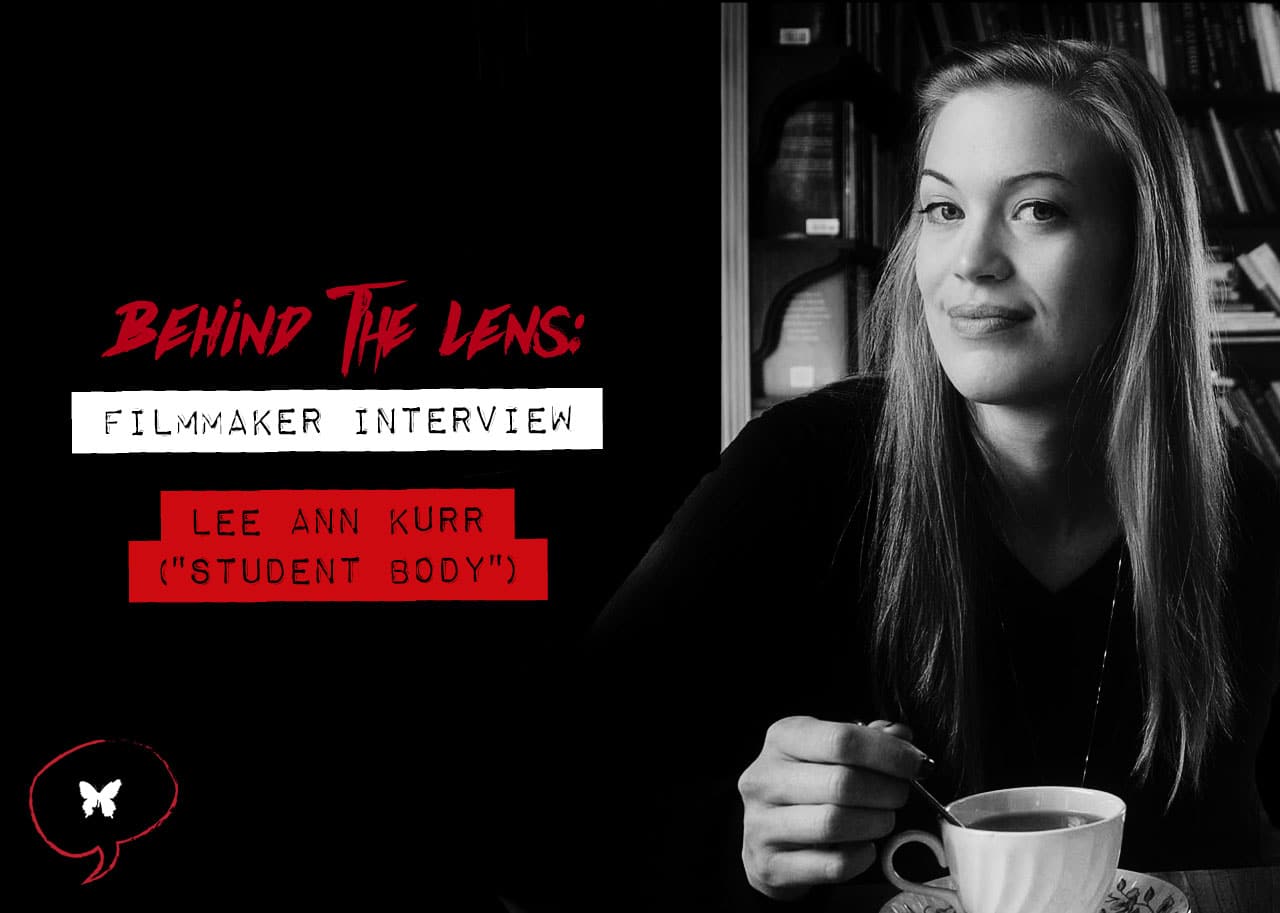
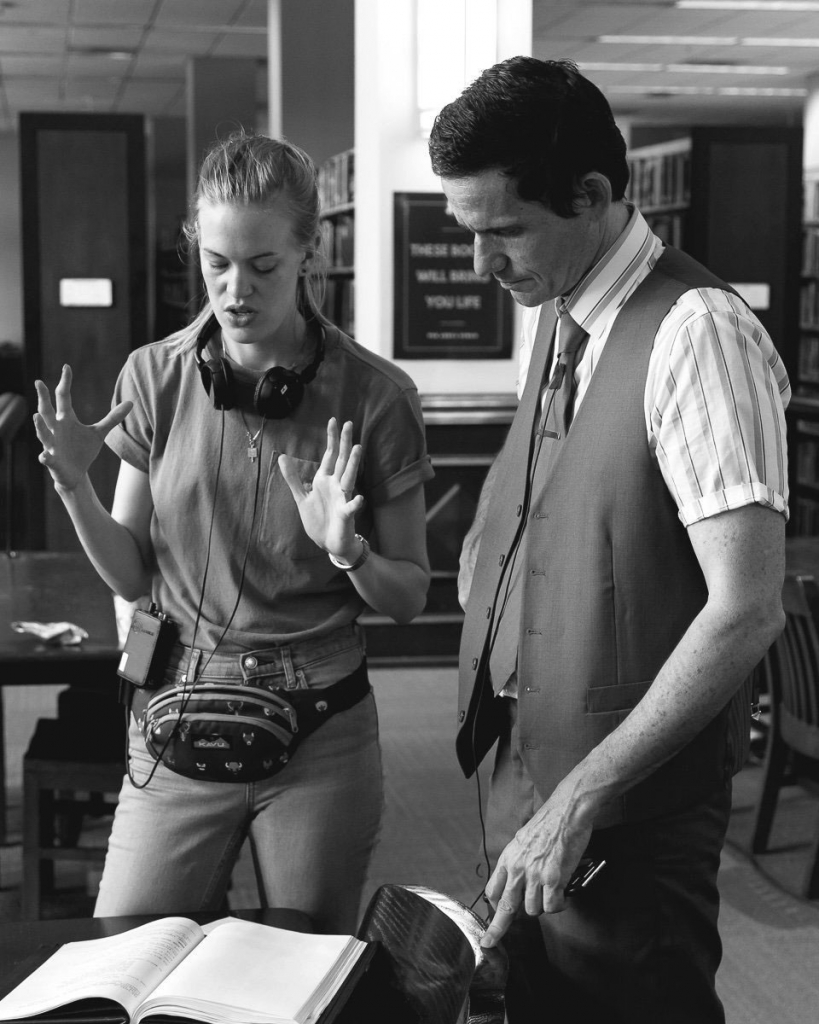

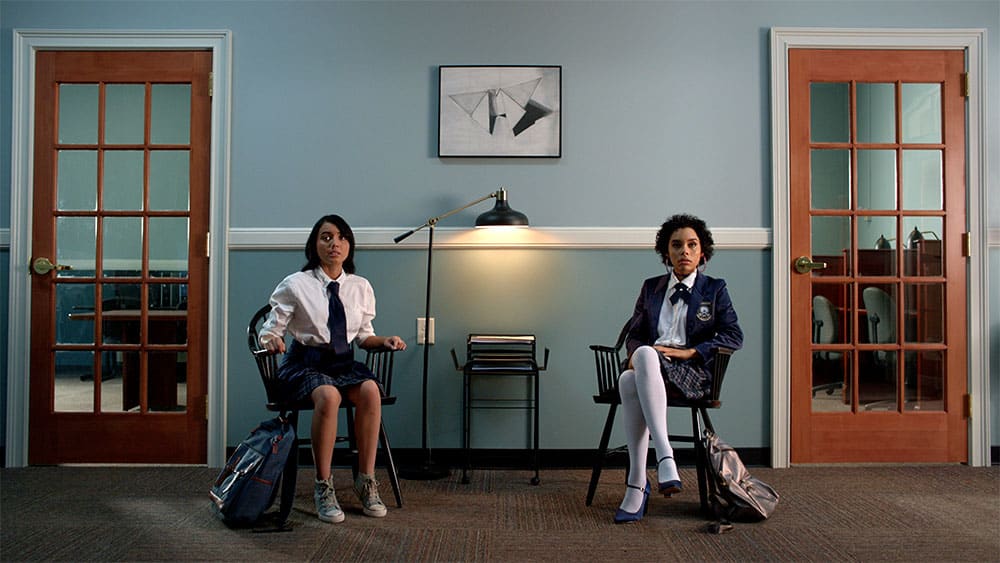
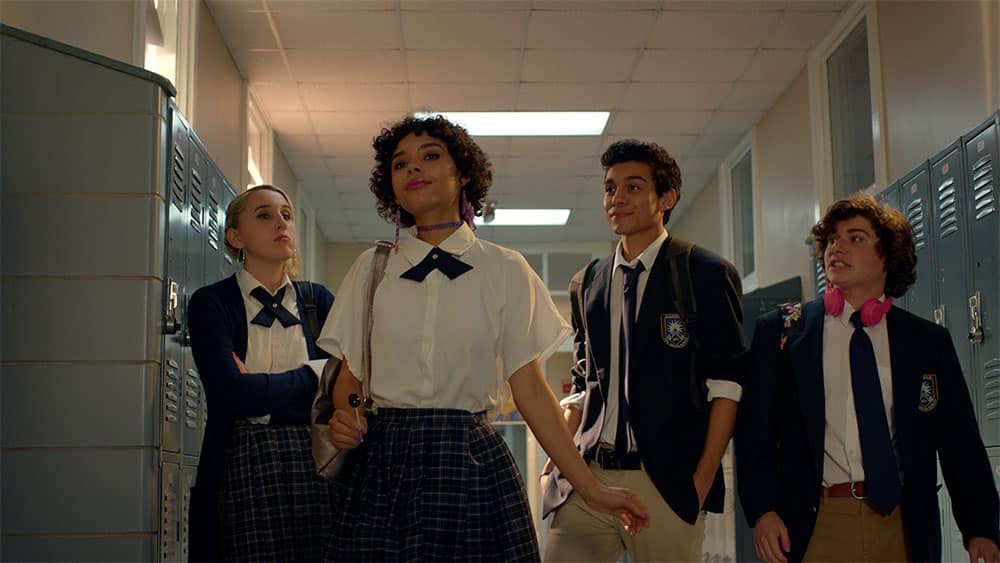
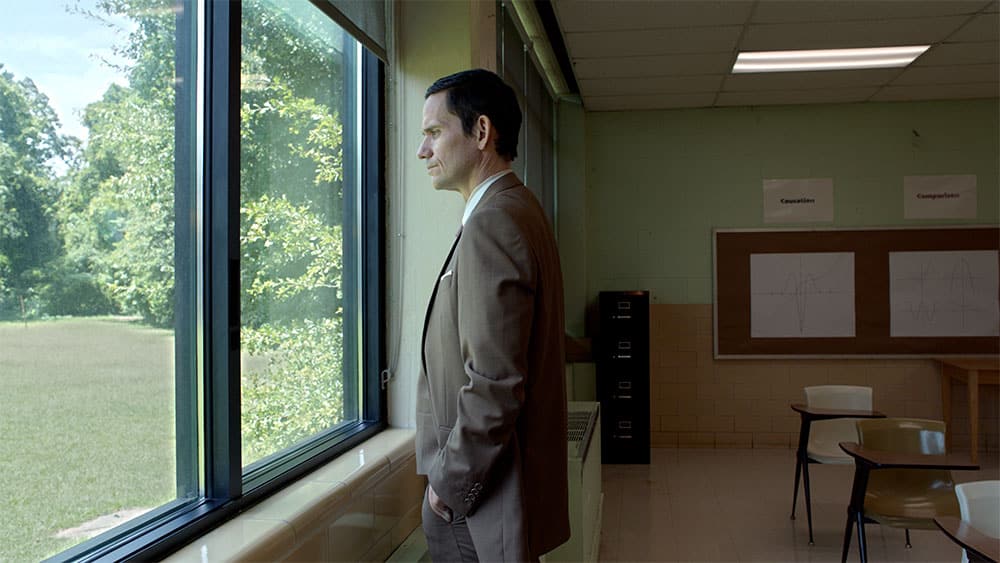
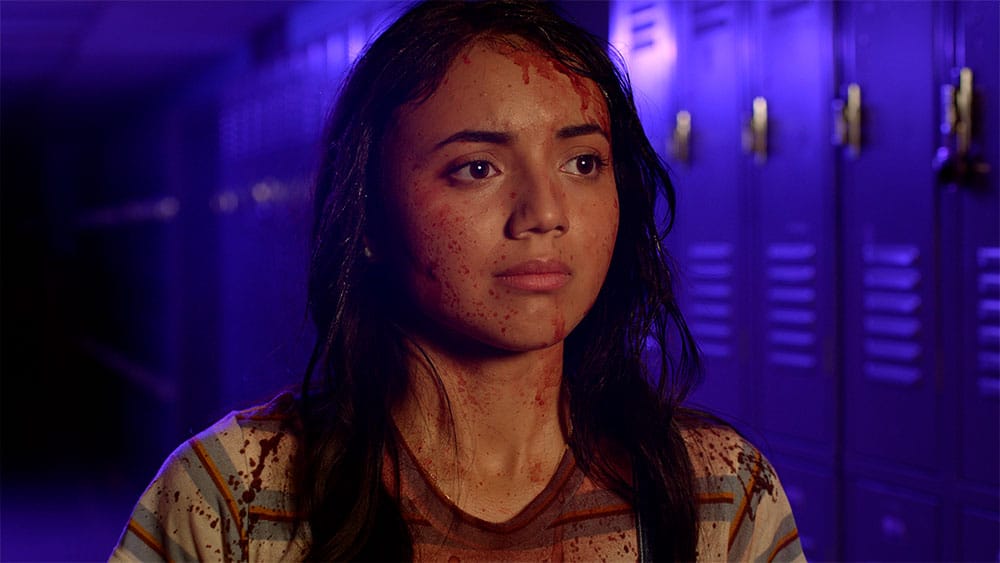
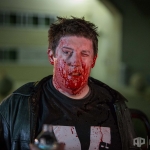
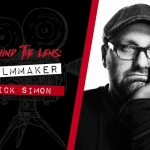
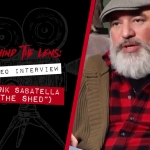
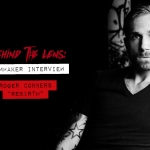




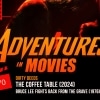


Follow Us!